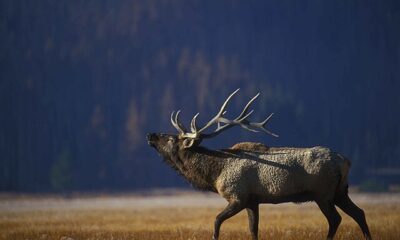Camping & Survival
America’s Most Dangerous Game: Moose?
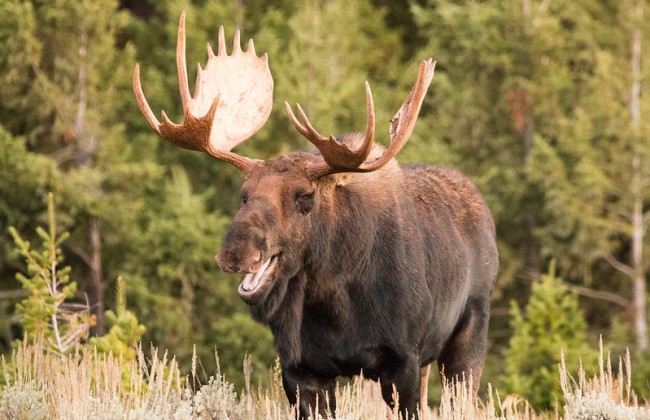
This moose thinks you’re ugly and your momma dresses you funny.
Lions, tigers, and bears, oh yawn. It’s the moose you need to worry about.
You are in the middle of a hike to your favorite waterfall. You come around a corner and notice a large moose in the middle of the trail. What should you do? Moose may actually be members of the deer family, but adult moose can weigh between 800 to 1,200 pounds, and bulls can stand 6 feet tall at the shoulder. In some areas of the U.S., wildlife agencies report that more people are injured by moose than bears each year. “In my years of working with wildlife, I have dealt with bears, rattlesnakes, cougars and moose, and the only species that I’ve had turn and come back at me was a moose,” Utah Division of Wildlife Resources Big Game Coordinator Covy Jones said. “People often underestimate how aggressive they can be.”
Here are a few things to know about moose in America and how to avoid conflicts with them.
Cow moose can be aggressive when they have calves in the spring and summer, and bull moose can be aggressive and territorial during the fall breeding season. Moose often feel threatened when people or dogs get too close, which can also make them aggressive and lead them to charge, knock someone over and stomp on them.
Some physical warning signs that a moose may become aggressive include:
- Lowering their head
- Hair standing up on the neck
- Licking their snout
- Pinning their ears back
Safety tips to prevent conflicts with a moose:
- Always give the moose a lot of space and watch its behavior.
- Never try to approach or feed a moose.
- Keep dogs leashed and under control at all times.
- Stay calm and do not run away. Talk, make your presence known and slowly back away in the direction you came.
- If a moose charges you or chases you, hide behind something solid (like a tree) or try to get inside a vehicle or building.
- If a moose knocks you down, curl into a ball, protect your head and lie still until the moose retreats.
“Like with most wildlife, if you give moose plenty of space and don’t try to get too close, it will help keep you and them safe,” Jones said. “Our biologists relocate numerous moose in urban areas every year, and we really want people to admire these amazing animals from a distance and stay safe.”
Moose behavior is impacted by the food sources available. For example, Utah is experiencing drought conditions this summer, so people may see more moose in urban areas in search of water sources. Moose are also more impacted by ticks during drought seasons because winter ticks have a higher survival rate during mild winters and springs. Utah Division of Wildlife Resources biologists have reported up to 10,000 ticks on a single moose. As a result, people may see an increase in “white moose” in Utah next spring, due to the animals rubbing off hair in an attempt to get rid of the ticks.
-
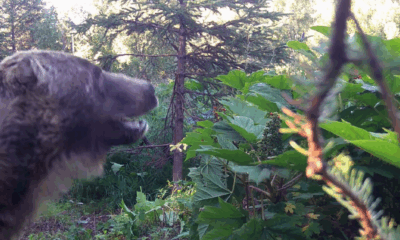
 Hiking & Climbing1 week ago
Hiking & Climbing1 week agoWhen Bears Bring the Drama: A Tail—or Should I Say “Tale”?
-

 Adventure1 month ago
Adventure1 month agoREACTION: Trump’s Make America Beautiful Again Agenda
-

 Gear2 months ago
Gear2 months agoLet Freedom RING! Primary Arms’ Independence Day Category Sale Starts NOW
-
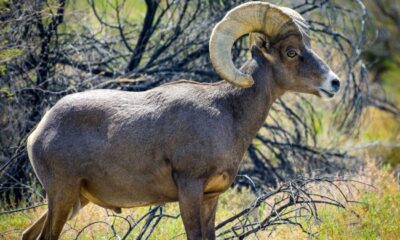
 Adventure2 months ago
Adventure2 months agoU.S. Bighorn Sheep Going Home to Canada
-
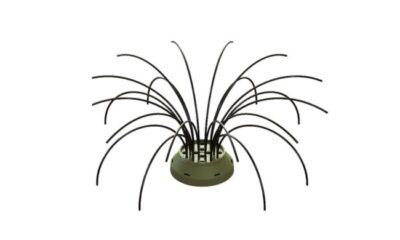
 Fishing4 weeks ago
Fishing4 weeks agoMy Wacky Bush Brings All the Bass to the Yard
-
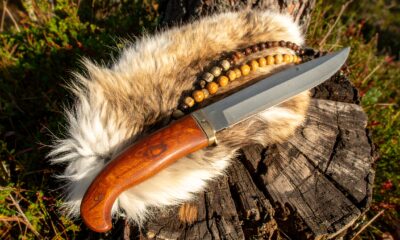
 Camping & Survival1 day ago
Camping & Survival1 day agoField Dressing 101: Knowing When It’s Their Turn
-
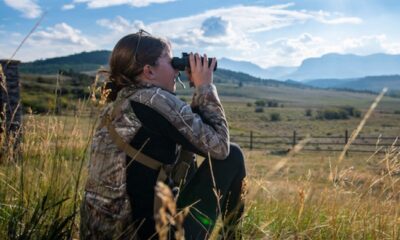
 Adventure3 weeks ago
Adventure3 weeks agoNo Ivy Required: University of Montana’s New Center for Hunting and Conservation



